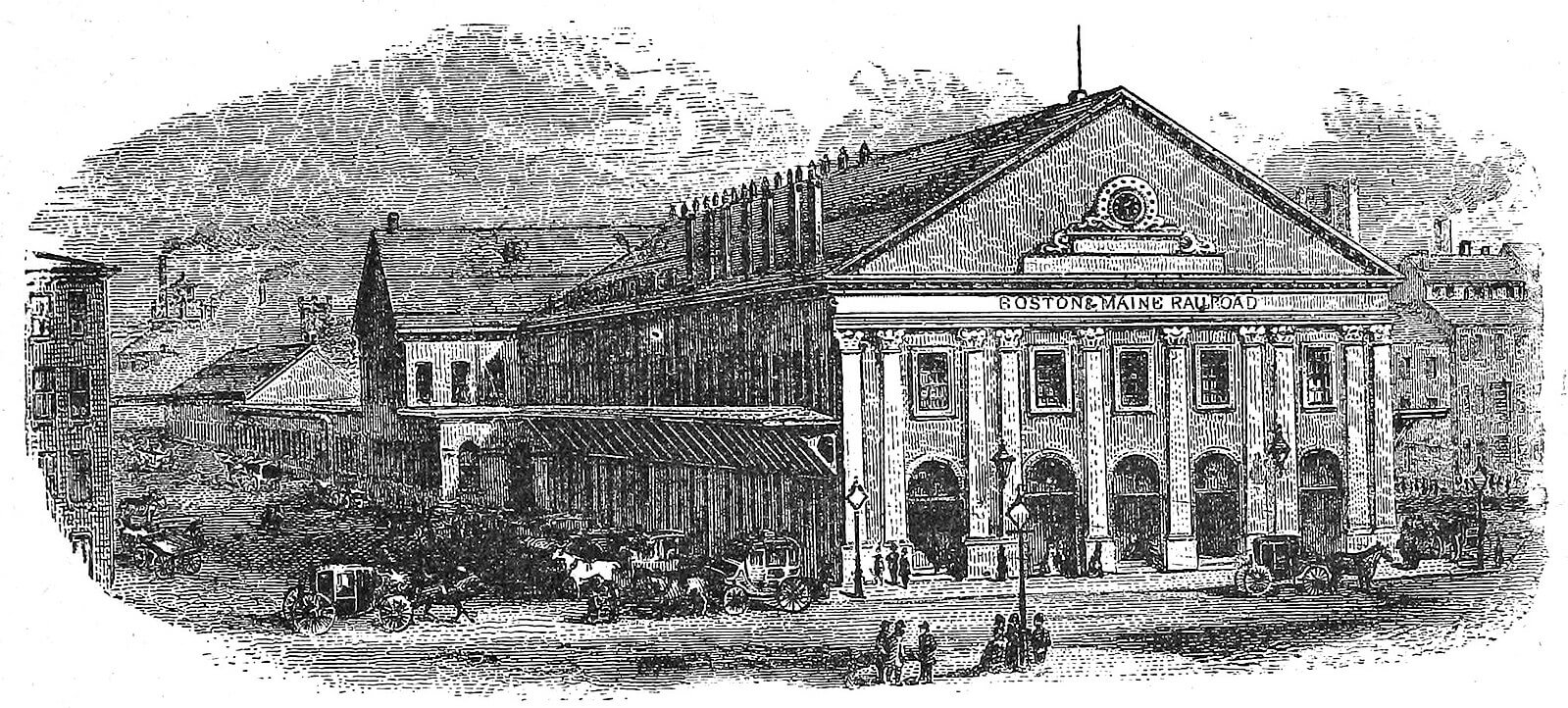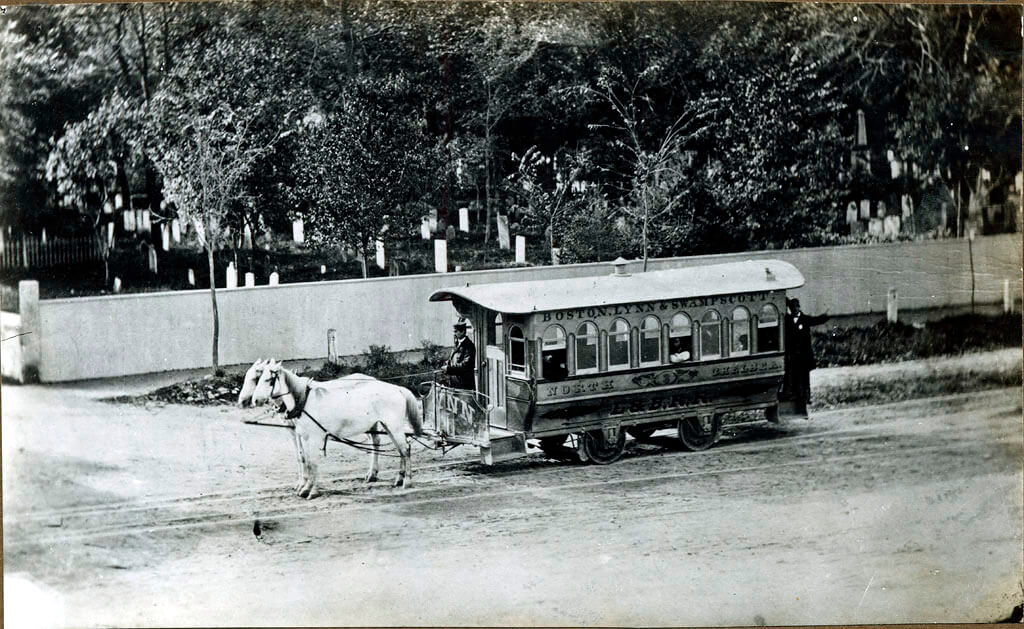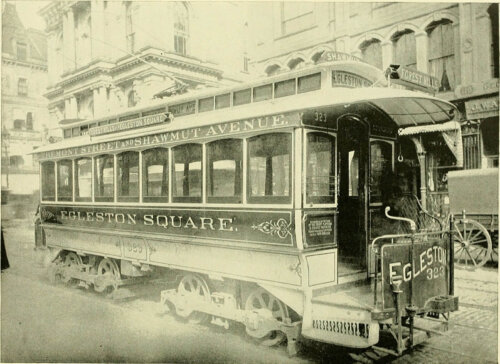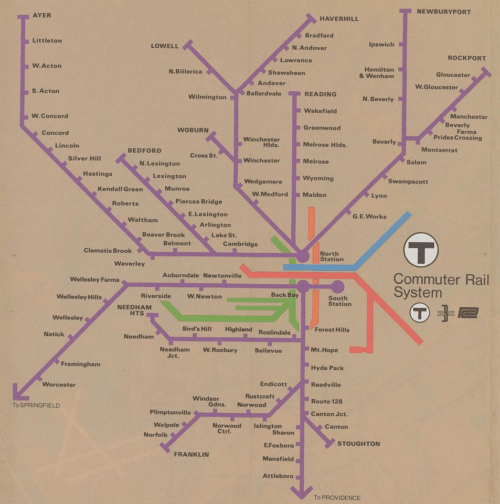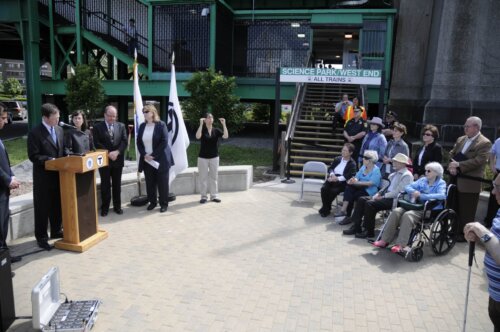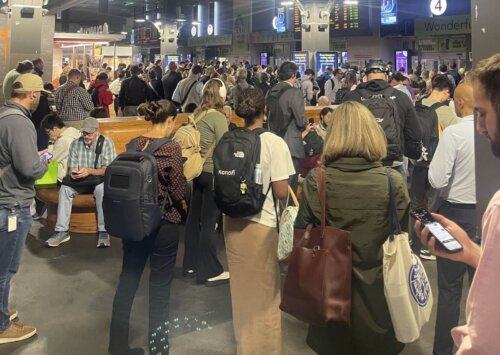How The West End Meets the World: Mass Transit that Shapes the Neighborhood
Tens of thousands of people traverse the West End neighborhood every day without even knowing it. The West End has been home to rail links connecting Boston with North Shore communities and the rest of northern New England for over a century. This article will explore transportation links in the West End and how transit relates to the neighborhood’s fight for recognition and identity.
What’s in a name? What is now called North Station is home of the Celtics, Bruins, and concerts. The MBTA Commuter Rail and Amtrak platforms serve tens of thousands of travelers daily. North Station is also among the most misattributed locations in Boston when it comes to which neighborhood it belongs. North Station belongs to the North End the same way Yankees fans belong in Fenway Park. Despite having north in the name, North Station is the transportation hub of the West End and a vital organ in Boston’s infrastructure anatomy. Since the 1834 with the building of the Boston & Lowell train depot, rail traffic in the West End area has connected passengers and freight to destinations across New England and Canada. The West End has always been a transportation hub within the Hub.
The West End was home to several firsts in transportation history. Henry Whitney founded the West End Street Railway in 1887. It later became the first fully electrified streetcar system in the United States. The first horse-drawn streetcar, or horsecar, ran from Central Square in Cambridge to Bowdoin Square in the West End starting in 1856. It quickly grew popular. However, the horsecars meant that the streets were filled with horse waste that smelled and contributed to the spread of disease. Additionally, maintaining horses was an enormous expense. This led management to seek alternatives.
The first electrified trolley service between Brookline and Boston opened in 1889 and was a success. Next, the United States’ first subterranean subway tunnel connecting Boylston and Park Street opened in 1897. The West End Street Railway Company adopted electrified trolleys and reported an annual ridership exceeding 100,000,000 passengers across Greater Boston in their 1889 second annual report. In 1899, the West End Street Railway leased its entire fleet to the Boston Elevated Railway, the predecessor to the modern MBTA’s Green Line.
By the mid-twentieth century, the Boston & Maine Railroad had emerged as the product of railroad consolidation as the major provider of passenger commuter rail service going north of Boston. Starting in 1964, the MBTA began taking over their routes and building today’s subsidized commuter rail system. The Lowell, Fitchburg, Haverhill, and Newburyport/Rockport lines trace their origins to the amalgamated Boston & Maine rail service that terminated in the West End. The neighborhood today also includes stops for all four major rapid transit lines in Boston: Blue Line, Green Line, Orange Line, and Red Line.
The Green Line’s Science Park station was built and named to serve the Museum of Science. Yet, it exists as a testimony to the fight for the West End’s recognition. Despite its location in the West End, until 2009 Science Park’s station name did not reflect its own neighborhood. Beyond North Station, the identity of the West End was almost lost in bureaucratic translation. Since the neighborhood was demolished by urban renewal projects starting in the 1950s, the name faded. As part of a fight with City Hall, the West End Civic Association (WECA), led by Louise Thomas, pushed to replace a Leverett Circle pedestrian bridge that had been taken down due to the Big Dig. In addition, WECA advocated for a change to the Science Park Station name. While the pedestrian bridge has still not been built, the signage change was a small but important victory in the effort to maintain West End neighborhood identity.
Science Park/West End station is also a significant connection point between the general public and the incarcerated. The Suffolk County Jail on Nashua Street, which replaced the Charles Street Jail, houses almost 800 detainees awaiting bail or trial. Public transit access to the jail is a lifeline for the incarcerated. The central location of the jail and its proximity to several lines of public transportation plays an integral role in reducing recidivism and promoting wellbeing among inmates. Loved ones, lawyers, and volunteers who provide educational training and spiritual counseling can all get to the jail. Studies have shown that inmate engagement with the outside world is important for rehabilitation. The West End’s transit network enables more contact with the outside world than in suburban jails only accessible by car.
In the present, the West End transit network connects sports and music fans with the Celtics, Bruins, and concerts. It brings Greater Bostonians to the West End and vice versa. Passenger rail originating from North Station serves as a link between the City of Boston and Northern New England. Finally, the rapid transit lines in the area act as an important tie between the incarcerated and the rest of the city.
In the future, the West End will likely see the construction of the Red-Blue subway connection which will run under Cambridge Street. If the 100-year effort to connect North and South Stations gets underway, the network also could link the neighborhood to points south, including New York City and the rest of the Amtrak Northeast Corridor. Always evolving and never truly complete, transit in the West End is part of the secret sauce that contributes to the vitality of the neighborhood.
Article by Brendan Kent, edited by Jaydie Halperin
Sources: Jeanine Budd, “New T stop sign brings back memories in West End”, (Huntington News); Engineering and Technology History Wiki, “Milestones:Power System of Boston’s Rapid Transit, 1889”; Massachusetts Historical Society, “Last horse-drawn street car in Boston”; Massachusetts Suffolk County Sheriff’s Department, “Religious Services”; Megan M. Mitchell, Kallee Spooner, Di Jia, and Yan Zhang, “The effect of prison visitation on reentry success: A meta-analysis”, Journal of Criminal Justice 47, (2016), https://doi.org/10.1016/j.jcrimjus.2016.07.006; Shandana Mufti and Nicole Leonard, “A guide to the MBTA Commuter Rail,” (Boston.com); Rick Nowell, “A Brief History of the Boston and Maine Railroad”, (Boston and Maine Railroad Historical Society); Andrew Ryan, “The MBTA gives nod to the old West End”, January 22, 2009 (Boston Globe); West End Street Railway Company, Second Annual Report, (Boston: R.H. Blodgett, 1889).


